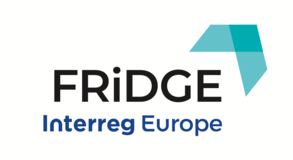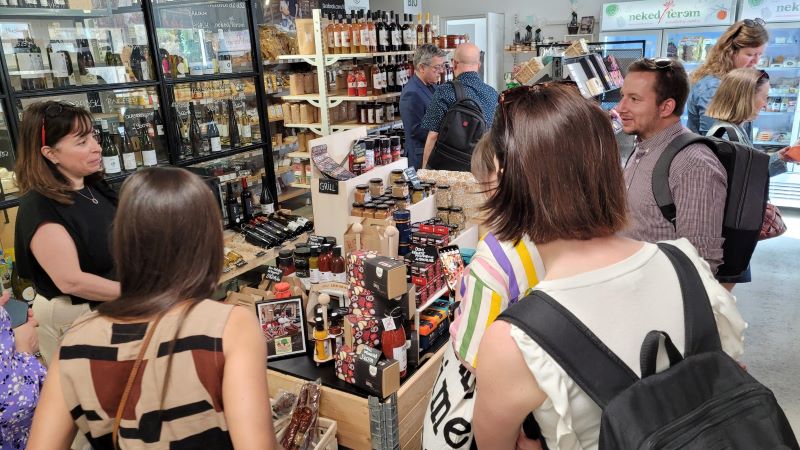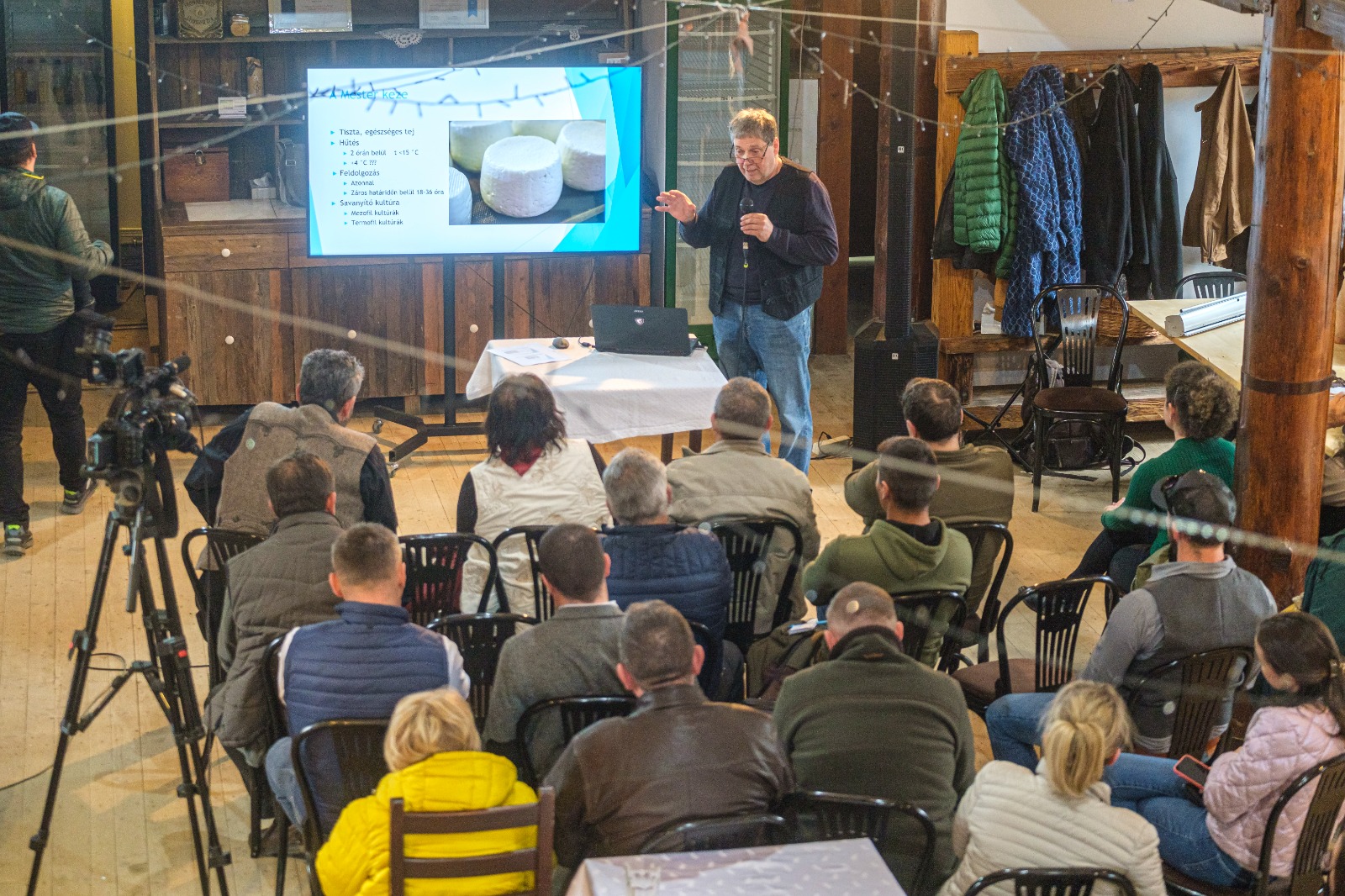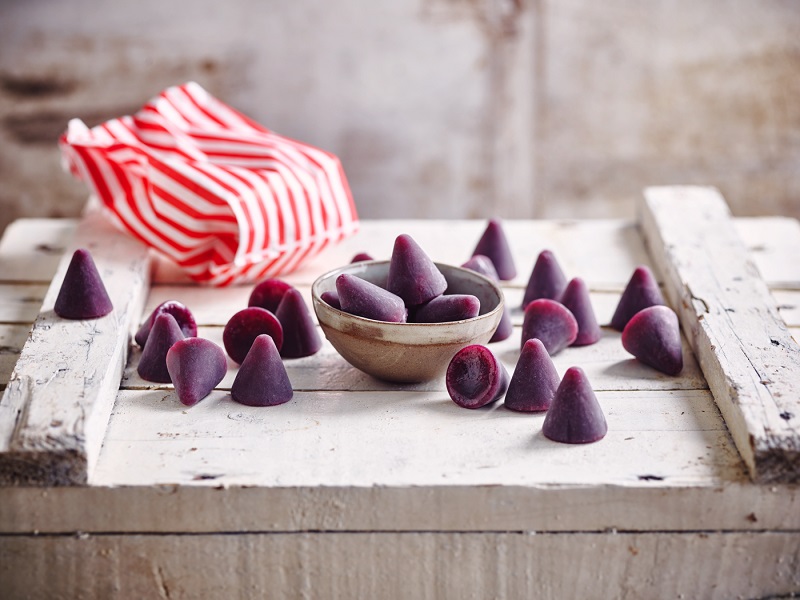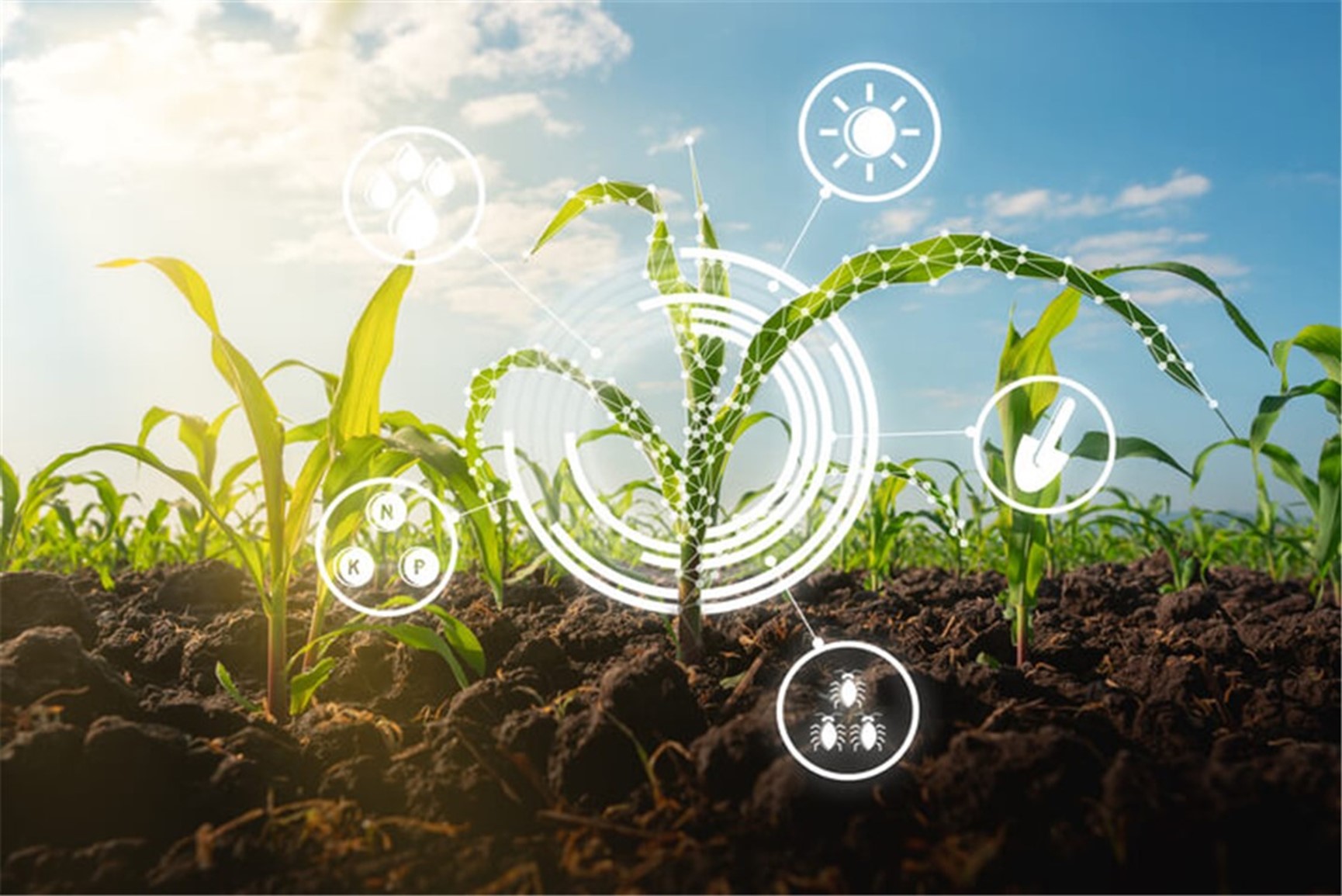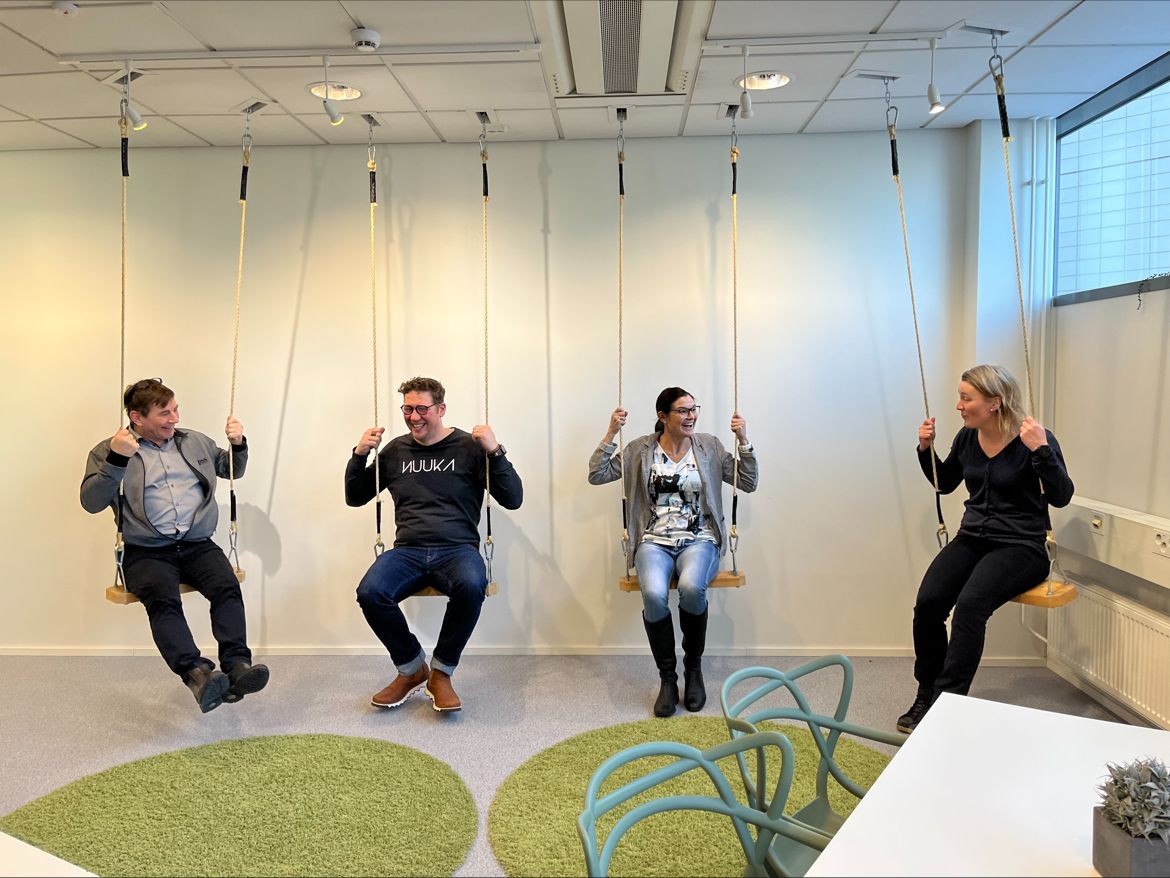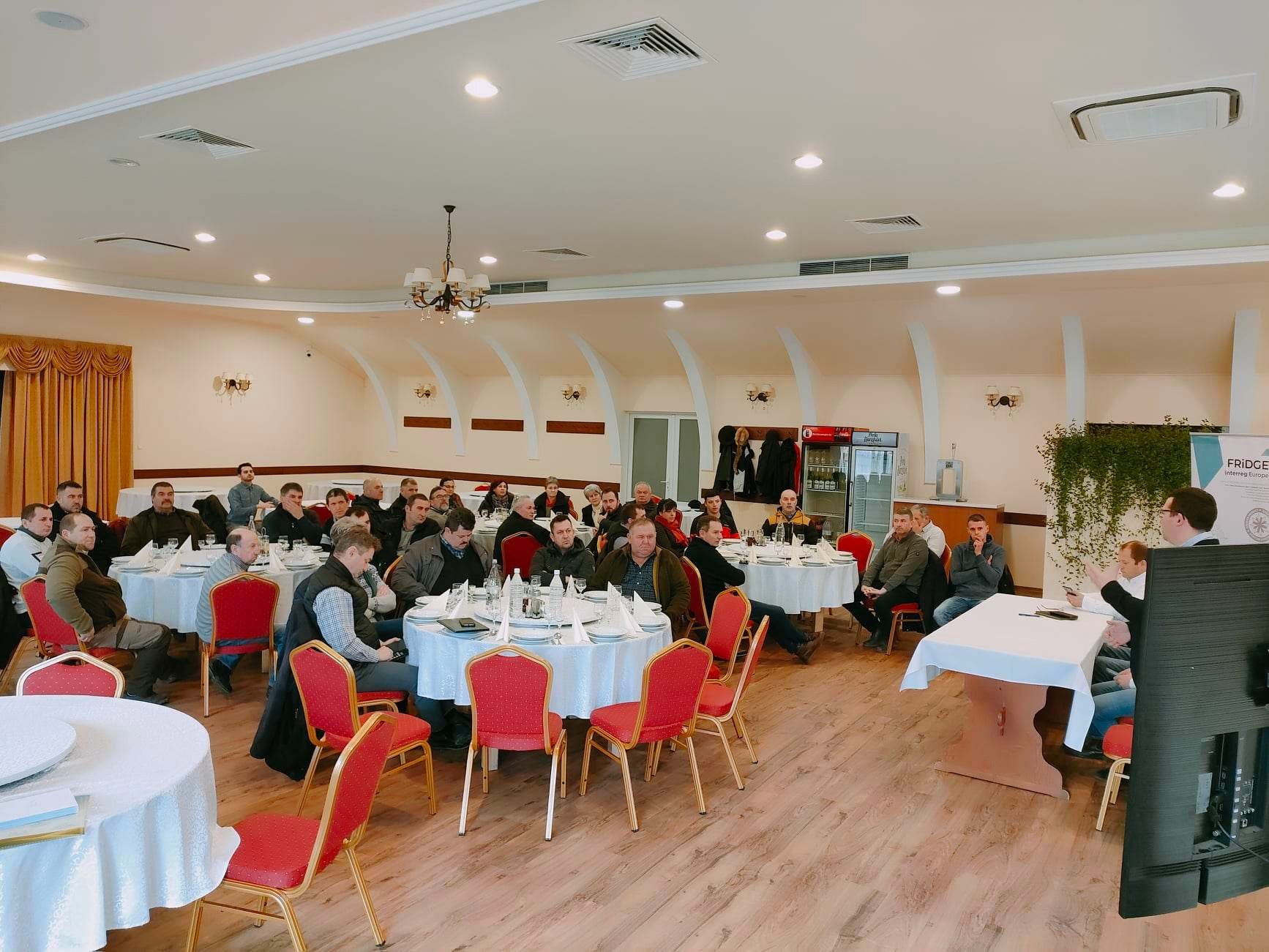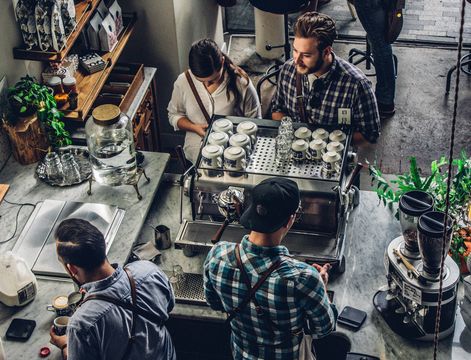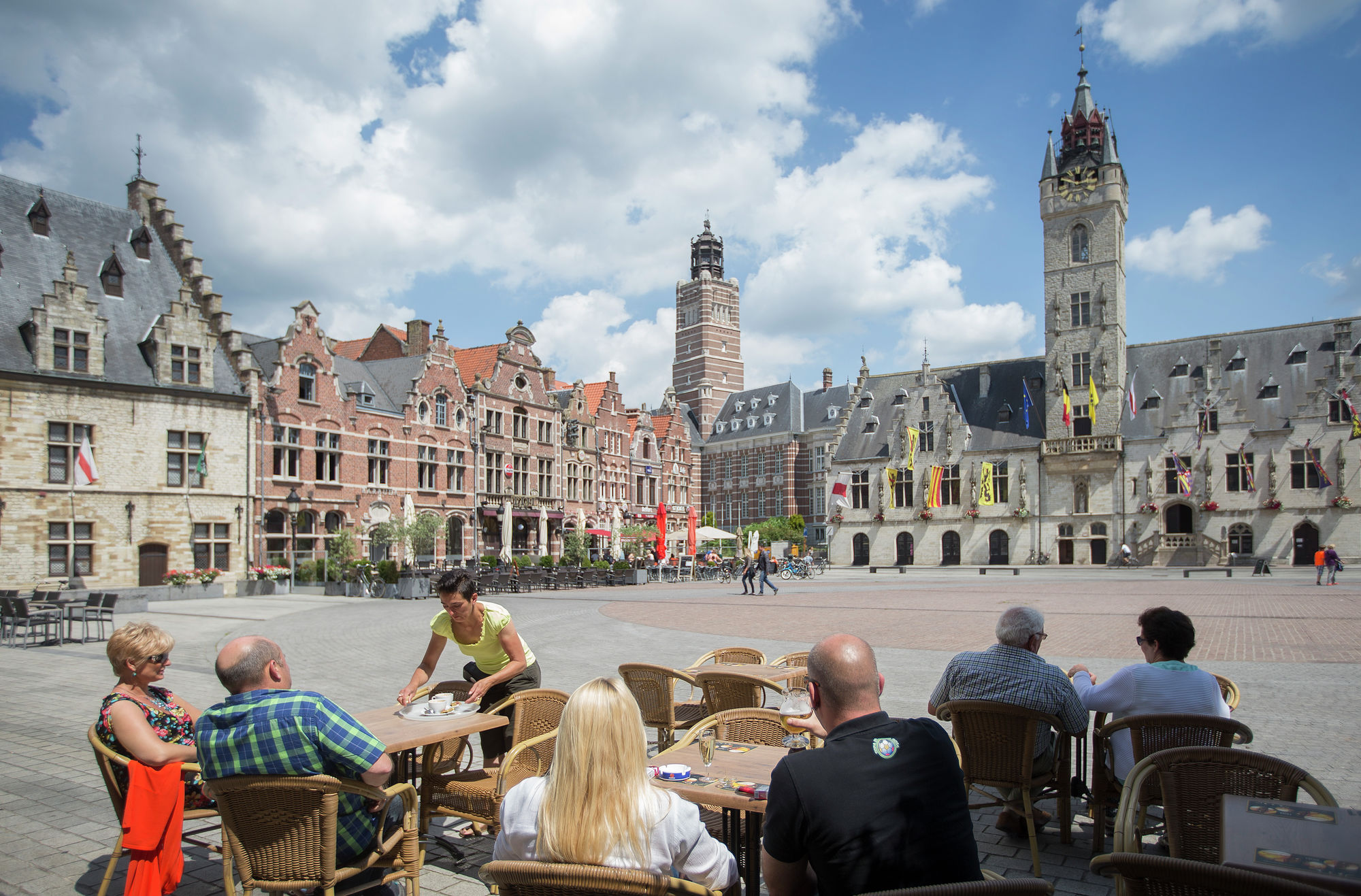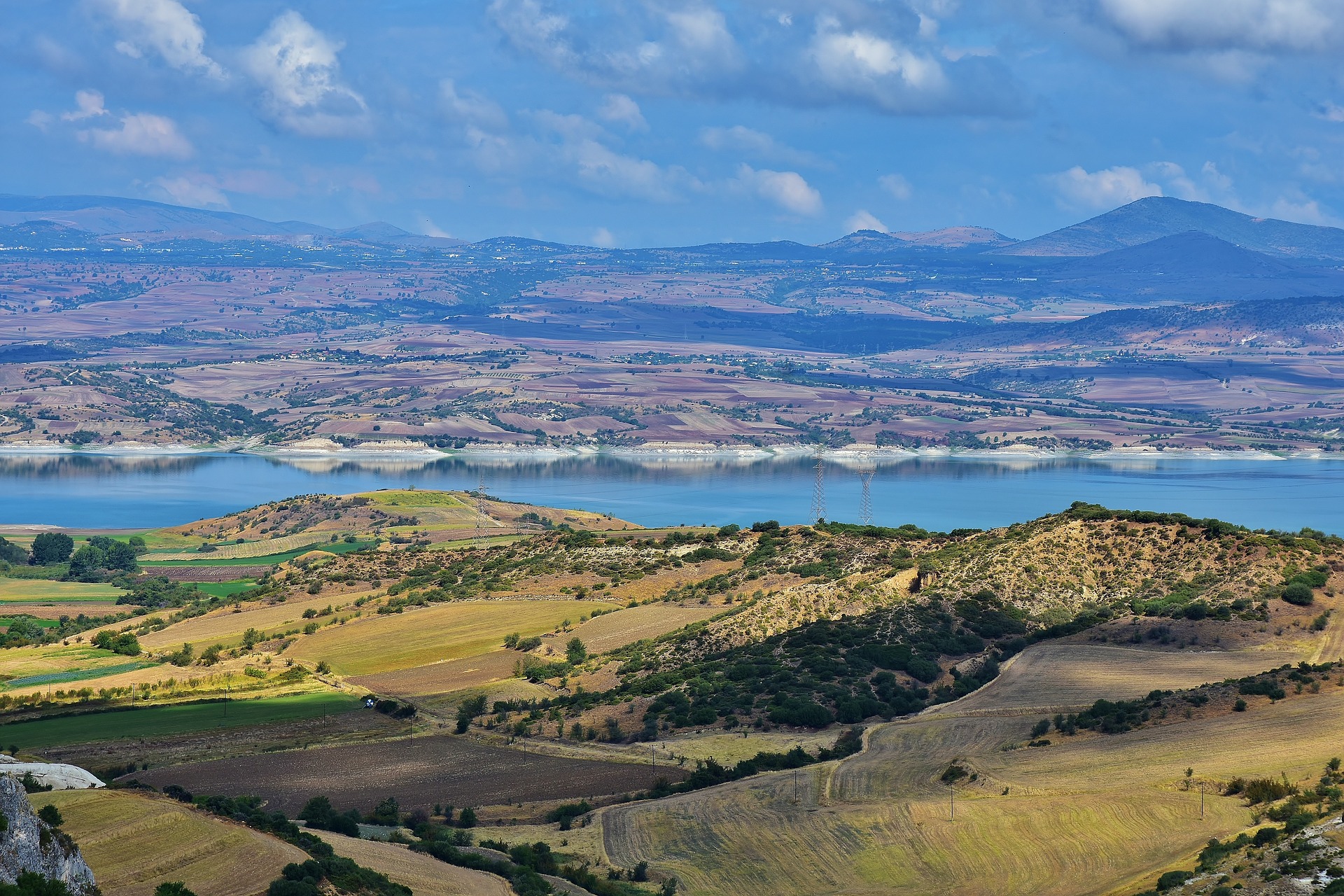Regional food brands and quality labels have received a lot of interest among the FRIDGE partners and partners have started to share experiences around the subject. In this article we will share some examples of regional food brands in two of our partner regions.
Food brands and labels in regional level
As presented in the previous article the food quality labels and brands can appear in various levels. As the food quality labels on the EU-level offer food and drink products maybe the highest visibility they are sometimes difficult to apply and not available for all the products.
To promote the local high-quality food many public authorities or other actors in the regional level around Europe have been active on creating quality labels on their own. These labels or brands in the regional level are usually easier to access and open to a wider selection of products or even actors within the food value chain.
The brand or quality labels in regional level can serve for various purposes from promotion of high-quality food for consumers to a promotion of local food traditions and culture for tourists travelling in the region.
Food brand pyramid - example from East-Flanders
I n Flanders food labels are organised on 3 levels: the EU-level, the Flemish level and the regional level. The pyramid symbolizes the definition that a product must meet in order to be recognized as a regional product. The higher in the pyramid, the stricter the definition.
n Flanders food labels are organised on 3 levels: the EU-level, the Flemish level and the regional level. The pyramid symbolizes the definition that a product must meet in order to be recognized as a regional product. The higher in the pyramid, the stricter the definition.
The EU-level can be found at the tip of the pyramid. In East-Flanders there are 3 products that can boast a PGI label.
Streekproduct.be
 The middle level of the pyramid is occupied by the traditional Flemish regional products, recognized by the label streekproduct.be. This label was created to make Flemish traditional regional products recognizable. Consumers can easily recognize traditional regional products and are also well informed. The producer is rewarded with a recognition and can thus put his traditional product in the spotlight.
The middle level of the pyramid is occupied by the traditional Flemish regional products, recognized by the label streekproduct.be. This label was created to make Flemish traditional regional products recognizable. Consumers can easily recognize traditional regional products and are also well informed. The producer is rewarded with a recognition and can thus put his traditional product in the spotlight.
All these products meet the 5 criteria of the definition for traditional regional product:
- They are prepared with local raw materials. Traditional preparations with exotic ingredients such as almonds, cocoa, coffee beans, spices are also eligible.
- The products are accepted by the local population or by a wider public as a traditional local product.
- Traditional regional products are manufactured according to traditional regional methods.
- Traditional regional products are prepared in their region of origin.
- Tradition means long-term or historical fame as a regional specialty. To be recognized, products must have existed for at least 25 years.
In February 2020, there were about 70 recognized East-Flemish producers, representing more than 50 recognized regional products. Read more: www.streekproduct.be
Tasteful East-Flanders
 At the base of the pyramid, the regional labels can be found. In East-Flanders, there’s the initiative called ‘Tasteful East-Flanders’, which was created by the Economic Council of East-Flanders and the Province of East-Flanders, in collaboration with Tourism East-Flanders. More than 200 regional and farm producers are participating in ‘Tasteful East-Flanders’.
At the base of the pyramid, the regional labels can be found. In East-Flanders, there’s the initiative called ‘Tasteful East-Flanders’, which was created by the Economic Council of East-Flanders and the Province of East-Flanders, in collaboration with Tourism East-Flanders. More than 200 regional and farm producers are participating in ‘Tasteful East-Flanders’.
Read more: www.lekkeroostvlaams.be
Regional food labels in Bavaria, Germany
In the regions of Bavaria there exists three different regional food labels that local food producers can apply to. The labels rely much on communicating about quality and place of origin.
Geprüfte Qualität Bayer - Tested quality Bavaria
 Proven Quality Bavaria is a label of the Bavarian State Ministry of Food, Agriculture and Forestry in cooperation with the Agency for Food Products from Bavaria and represents a national quality and origin verification program. It is supposed to be a comprehensive quality management of regional food products. The products are produced and processed only in Bavaria.
Proven Quality Bavaria is a label of the Bavarian State Ministry of Food, Agriculture and Forestry in cooperation with the Agency for Food Products from Bavaria and represents a national quality and origin verification program. It is supposed to be a comprehensive quality management of regional food products. The products are produced and processed only in Bavaria.
The certification and management is done by the Free State of Bavaria represented by the State Ministry for Food, Agriculture and Forestries (StMELF). Read more here.
Bayerisches Bio-Siegel – Bavarian biolabel

This Bavarian organic label identifies products from Bavaria that have been produced under significantly stricter organic guidelines. This not only enhances the regional origin but also the organic cultivation. The certification and management is done by the Free State of Bavaria represented by the State Ministry for Food, Agriculture and Forestries (StMELF). Read more here.
Regionalfenster - Regional window
 The region window is divided into 3 lines:
The region window is divided into 3 lines:
- Where does it come from?
- Where was it processed?
- How high is the regional content?
The condition for advertising with the regional window is that the main ingredient of the product must be from the specified region and must make up at least 51% of the total weight. The logo may not contain any information about organic, fair, genetic engineering or animal welfare. Read more here.
